While much of the cinema that we experience arises from the realm of fiction, the documentary film and the avant-garde film offer motion pictures a different set of possibilities. This course explores the historical and stylistic trajectories of non-fiction at the movies. Professor: Ken Eisenstein. Screenings are free and open to the public.
Friday, January 16 at 2pm
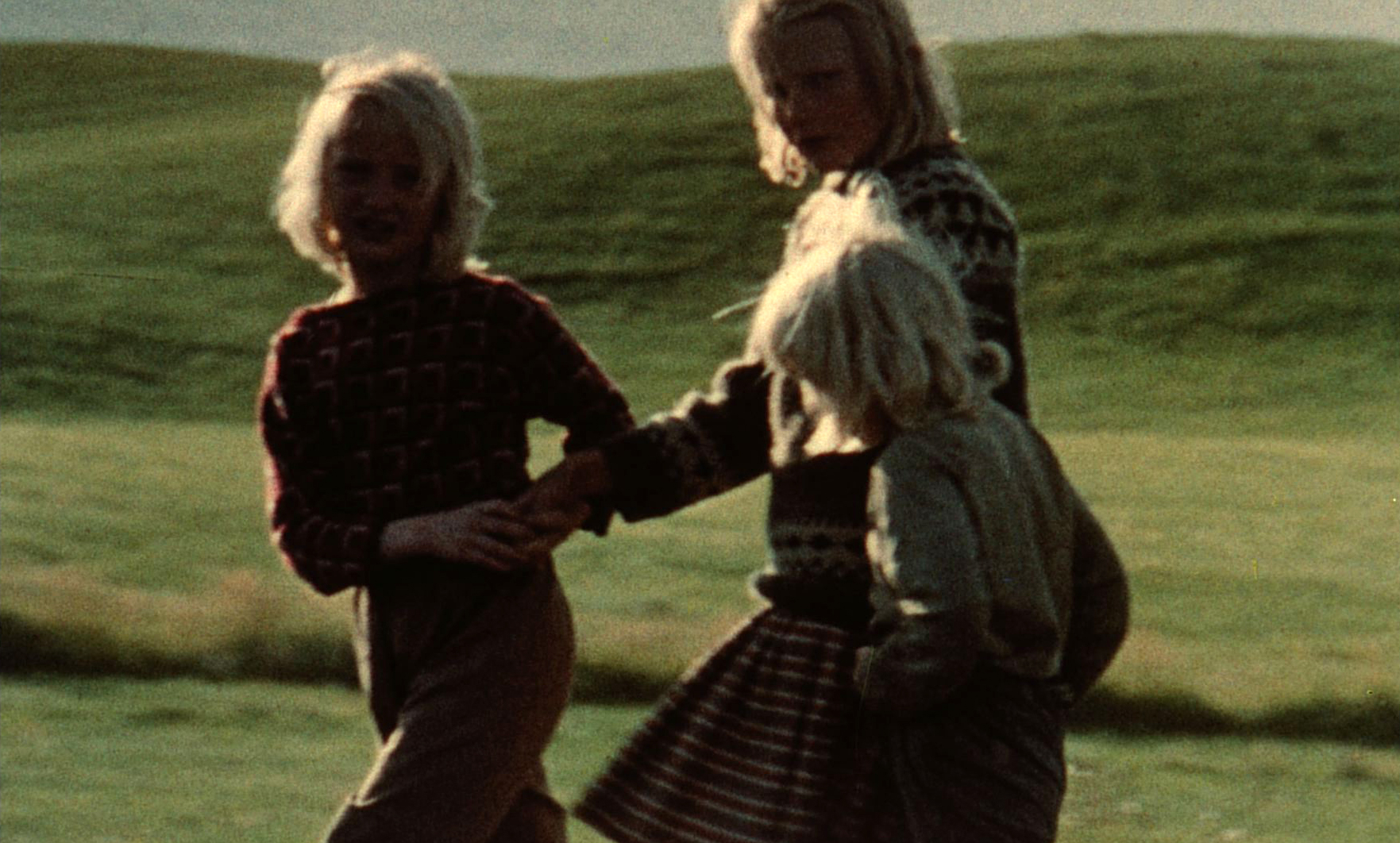
Sans Soleil
Directed by Chris Marker (France 1983) 100 min. 35MM.
Marker, the cinemaʼs globetrotter essayist par excellence, traveled between Japan, Africa and Iceland to create his masterpiece portrait of late twentieth-century civilization. Juxtaposing sounds and images with astonishing fluidity, Marker dissolves the distinctions between fiction and non-fiction, offering the viewer the extraordinary sensation of simultaneously spanning the globe and being enclosed within someoneʼs mind.
Preceded by Eureka (1974, Ernie Gehr, 16MM. 30 min.)
Friday, January 23 at 2pm

Hospital
Directed by Frederick Wiseman (U.S. 1969) 84 min. 16mm.
Wiseman’s absorbing profile of a large urban hospital is “as open and revealing as filmed experience has ever been. You look misery in the eye and you realize there’s nothing to be afraid of” (Pauline Kael). With its emphasis on the emergency ward and outpatient clinics, its patients and medical staff bound up in the daily activities of health care in America, Hospital sears the retina and the brain with images of suffering, frustration, fear and dedication. Preceded by Paranoia Corridor (1995, Stan Brakhage, 3 min. 16MM).
FOLLOWED BY
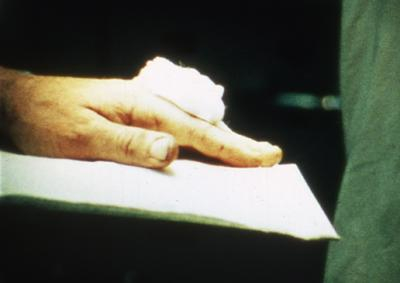
Deus Ex – Preservation Print!
Directed by Stan Brakhage (U.S. 1971) 33 min. 16MM.
One of cinema’s most influential and prolific artists, Stan Brakhage’s output of over 350 films is loaded with countless visionary works. The Pittsburgh Documents (often called The Pittsburgh Trilogy) are a trio of masterworks that subjectively observe the realms of authority (police), death (morgue) and, in Deus Ex, illness (hospital). Print courtesy of the Academy Film Archive.
“I nearly died several times in hospitals and additionally I’ve been very sick in hospitals a number of other times. And so with all this experience in hospitals it loomed in great terror for me. And here was the need to confront that terror, and then to try to understand in some overall sense what the hospital is in its own activities, separate from whatever use I might have of it. The [title’s] reference is to Deus Ex Machina, the machine of the gods. I leave the third word off this term quite deliberately because I’m not after the machine.” – Stan Brakhage.
TOP OF PAGE
Friday, January 30 at 2pm
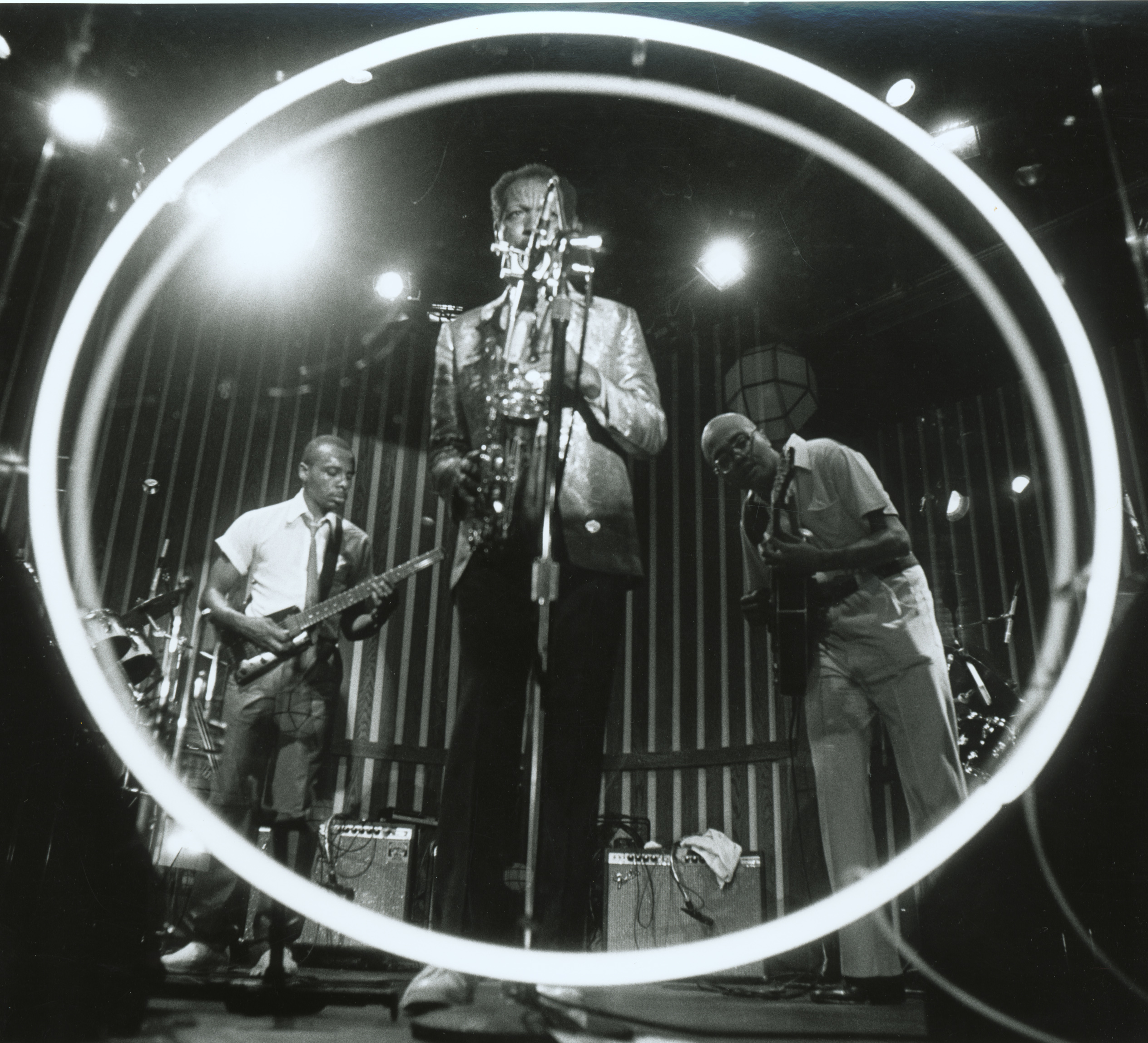
Ornette: Made in America
Directed by Shirley Clarke (US 1985) 77 min. 35MM. With William Burroughs, Brion Gysin, Buckminster Fuller, Don Cherry, Yoko Ono, Charlie Haden, Robert Palmer, Jayne Cortez and John Rockwell.
Chronicling Ornette Coleman’s boyhood in segregated Texas and his subsequent emergence as an American cultural pioneer and world-class icon, Clarke uses documentary footage, dramatic scenes and some of the first music video-style segments ever made to portray the inner life of an extraordinary artist.
FOLLOWED BY
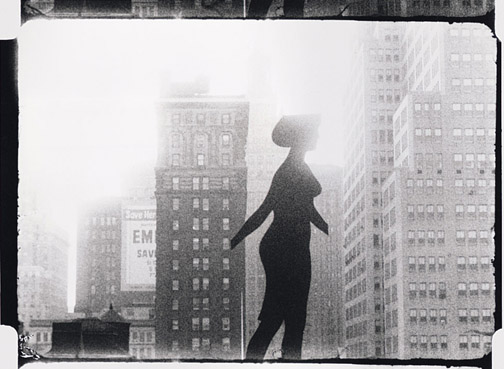
New York Eye and Ear Control
Directed by Michael Snow (Canada 1964) 34 min. 16MM.
The first major film work of multidisciplinary artist Michael Snow features a legendary free jazz score by Albert Ayler and Don Cherry and the first screen appearance of Snow’s globally famous “walking woman,” a flat sculpture he placed in a variety of real-world situations. January 30
“One of the major achievements of the sixties… As in no other film yet seen, its alternately soft and granite images lift us toward the year 2000; capturing not events, not objects, but again and again registering a ‘placement’ of consciousness – the subject matter of the future, really. Human energy on film…” – Richard Foreman
TOP OF PAGE
Friday, February 6 at 2pm
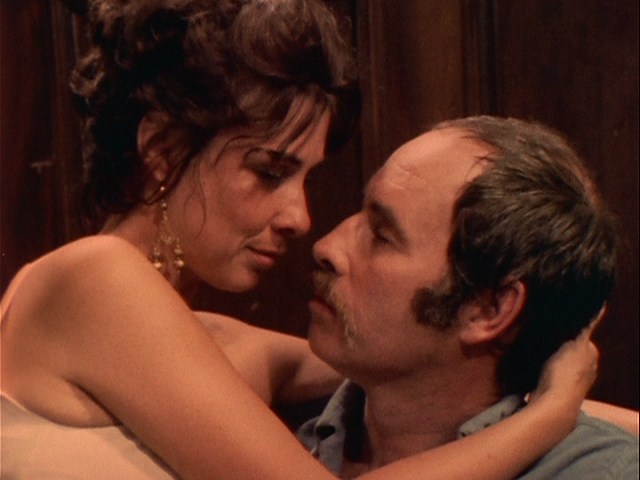
A Married Couple
Directed by Allan King (Canada 1969) 96 min. With Billy Edwards, Antoinette Edwards, Bogart Edwards.
King’s documentary is a benchmark of direct-cinema filmmaking: a shocking portrait of a young, middle class Toronto couple’s combative marriage, as well as a document of the moment when entrenched gender roles began to crumble. Former bohemians Billy and Antoinette squabble about sex, money, their son, even how to use a vacuum. They are seemingly uninhibited by the presence of King’s film crew, yet the question of how much conflict is being performed for the benefit of the camera is as unavoidable here as it is in all of King’s “actuality dramas.”
PLAYING WITH
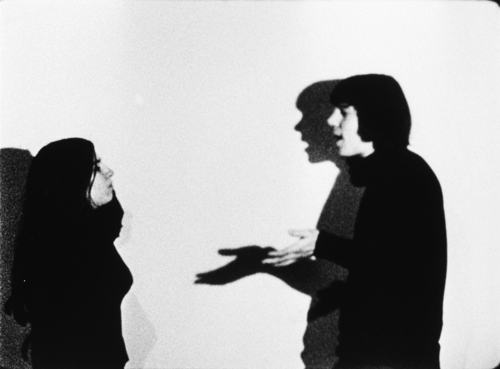
Critical Mass
Directed by Hollis Frampton (U.S. 1971) 25 min. 16MM. With Frank Albetta and Barbara DeBenedetto.
“As a work of art I think [Critical Mass] is quite universal and deals with all quarrels (those between men and women, or men and men, or women and women, or children, or war). It is war! … It is one of the most delicate and clear statements of inter-human relationships and the difficulties of them that I have ever seen. It is very funny, and rather obviously so. It is a magic film…” – Stan Brakhage
TOP OF PAGE
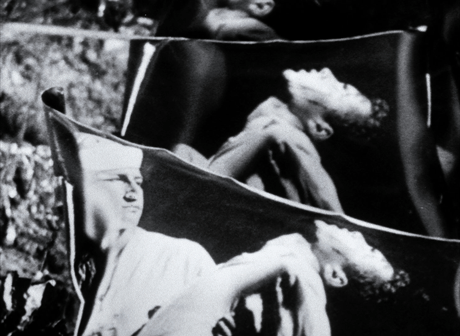
Friday, February 13 at 2pm
Fireworks
Directed by Kenneth Anger (U.S. 1947) 15 min.
Arguably the most groundbreaking work from the pioneering filmmaker who influenced directors such as Martin Scorsese, David Lynch and RW Fassbinder. “In Fireworks I released all the explosive pyrotechnics of a dream. Inflammable desires dampened by day under the cold water of consciousness are ignited that night by the libertarian matches of sleep and burst forth in showers of shimmering incandescence” (Kenneth Anger).
FOLLOWED BY
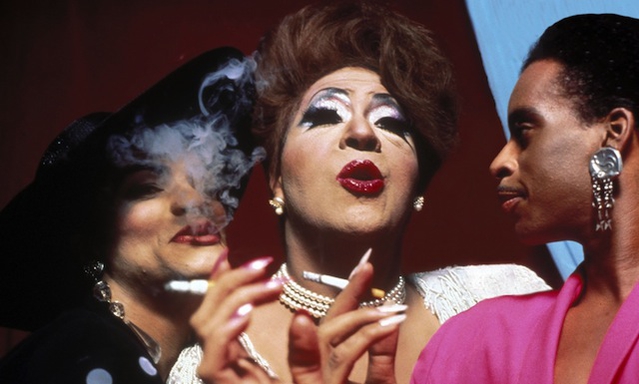
Paris is Burning
Directed by Jennie Livingston (U.S. 1990), 78 min. 35MM. With Carmen and Brooke, Andre Christian, Dorian Corey.
Livingston’s exploration of the Christopher Street piers and the Harlem drag balls of the late 1980s pays tribute to the vibrant New York City fashion subculture that inspired Madonna’s hit single “Vogue.” While competitions between Black and Latino gay men and transgender women, in categories like “Realness,” “Face” “Model’s Body” and “Executive Realness,” reveal the construction of identity around gender, race and class, Livingston poignantly celebrates how an urban community engenders creativity and pride. Co-sponsored by Bucknell’s Center for the Study of Race, Ethnicity, and Gender (CSREG).
FOLLOWED BY
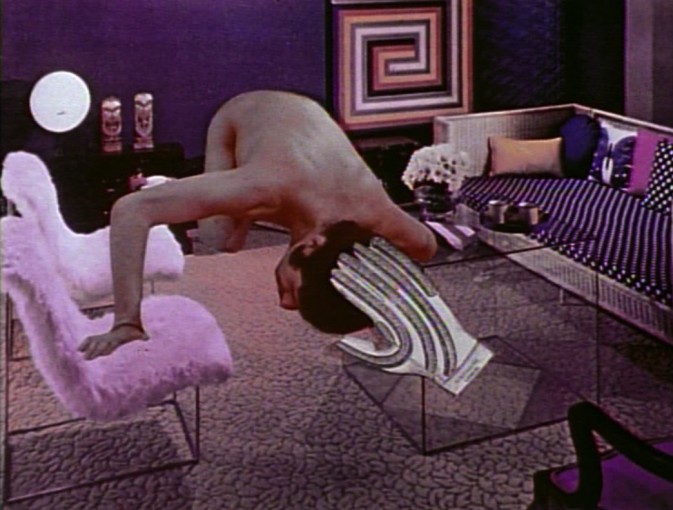
Downs are Feminine
Directed by Lewis Klahr (U.S. 1994) 9 min. 16MM.
“Klahr’s oneric collages graft ’70s porn of pallid stubbly flesh flagrantly onto Good Housekeeping/Architectural Digest decor, interior states where characters despoil themselves in Quaalude interludes of dreamy couplings… The whole atmosphere is pervaded with euphoria, a hopelessness without despair, a contentment beyond longing” (Mark McElhatten).
TOP OF PAGE
Friday, February 20 at 2pm
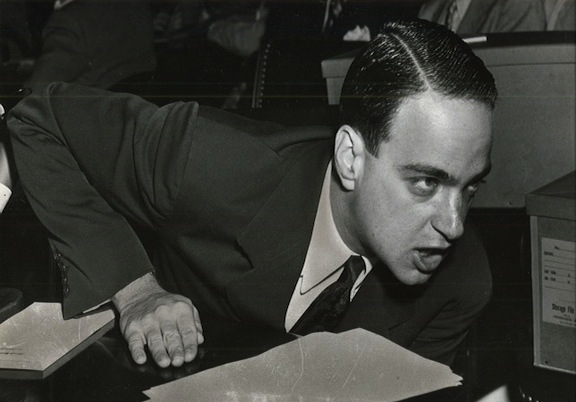
Point of Order!
Directed by Emile de Antonio (U.S. 1964) 97 min. 35MM.
Constructed entirely from CBS kinescopes covering the 1954 Army-McCarthy hearings, this political cinema landmark eschews expert testimony and narration. Which is not to say it is objective. To the contrary, de Antonio’s two-year editing process distilled 188 hours of televised footage to a 97-minute tour de force that simultaneously indicts the American government and exposes American television as political theater. February 20
FOLLOWED BY
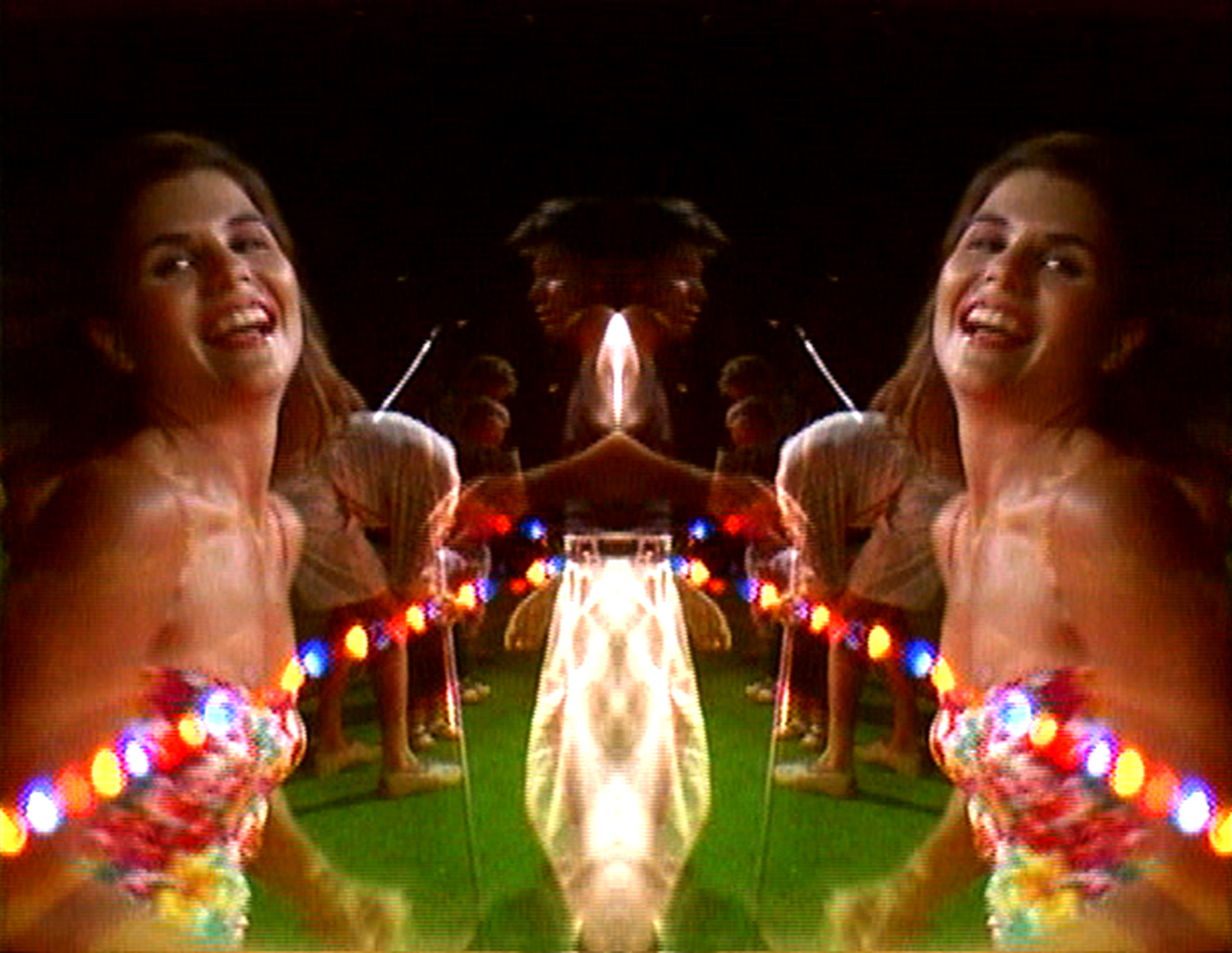
Light is Waiting
Directed by Michael Robinson (U.S. 2007) 12 min.
“A very special episode of television’s Full House devours itself from the inside out, excavating a hypnotic nightmare of a culture lost at sea. Tropes of video art and family entertainment face off in a luminous orgy neither can survive” (Michael Robinson).
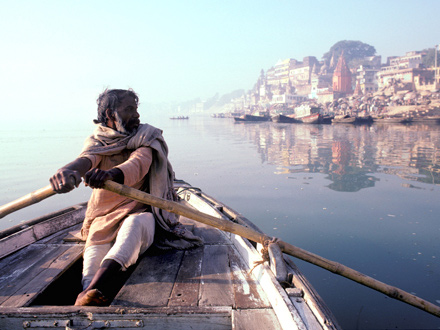 Friday, February 27 at 2pm
Friday, February 27 at 2pm
Forest of Bliss
Directed by Robert Gardner (U.S. 1986) 90 min. 35MM.
Gardner shaped his finest work so that it occupies the time between two sunrises, immersing the viewer in an intense aural and visual statement “about people being and also dying” (Gardner) and boldly challenging ethnographic cinema’s conventions by using neither voice-over commentary nor subtitles. Filmed in the holy Indian city of Benares, Forest of Bliss observes the daily activities punctuating the lives of the humans, marigolds, dogs and cows that populate the city, giving equal attention to the sacred Ganges river, upon whose shores children fly kites and men bathe and pray.
“Stan Brakhage has called Forest of Bliss ‘a series of wonderful metaphors’ and has pointed out that, were it a fiction film, it would buckle under symbolic overload… Gardner’s fine balance of reverence and roughness, manipulation and restraint, allows the small things of Benares to be seen for what they really are—things big enough to contain the world.” – Darrell Hartman, Artforum
FOLLOWED BY

A Depression in the Bay of Bengal
Directed by Mark LaPore (U.S. 1996) 28 min. 16MM.
“I went to Sri Lanka with the idea that I would remake Basil Wright’s and John Grierson’s 1934 documentary Song of Ceylon. After spending three months there I realized just how impossible that would be… I have made a film about travelling and living in a distant place which looks at aspects of daily life and where the [ethnic] war shadows the quotidian with a dark and rumbling step” (Mark LaPore).
TOP OF PAGE
Friday, March 6 at 2pm
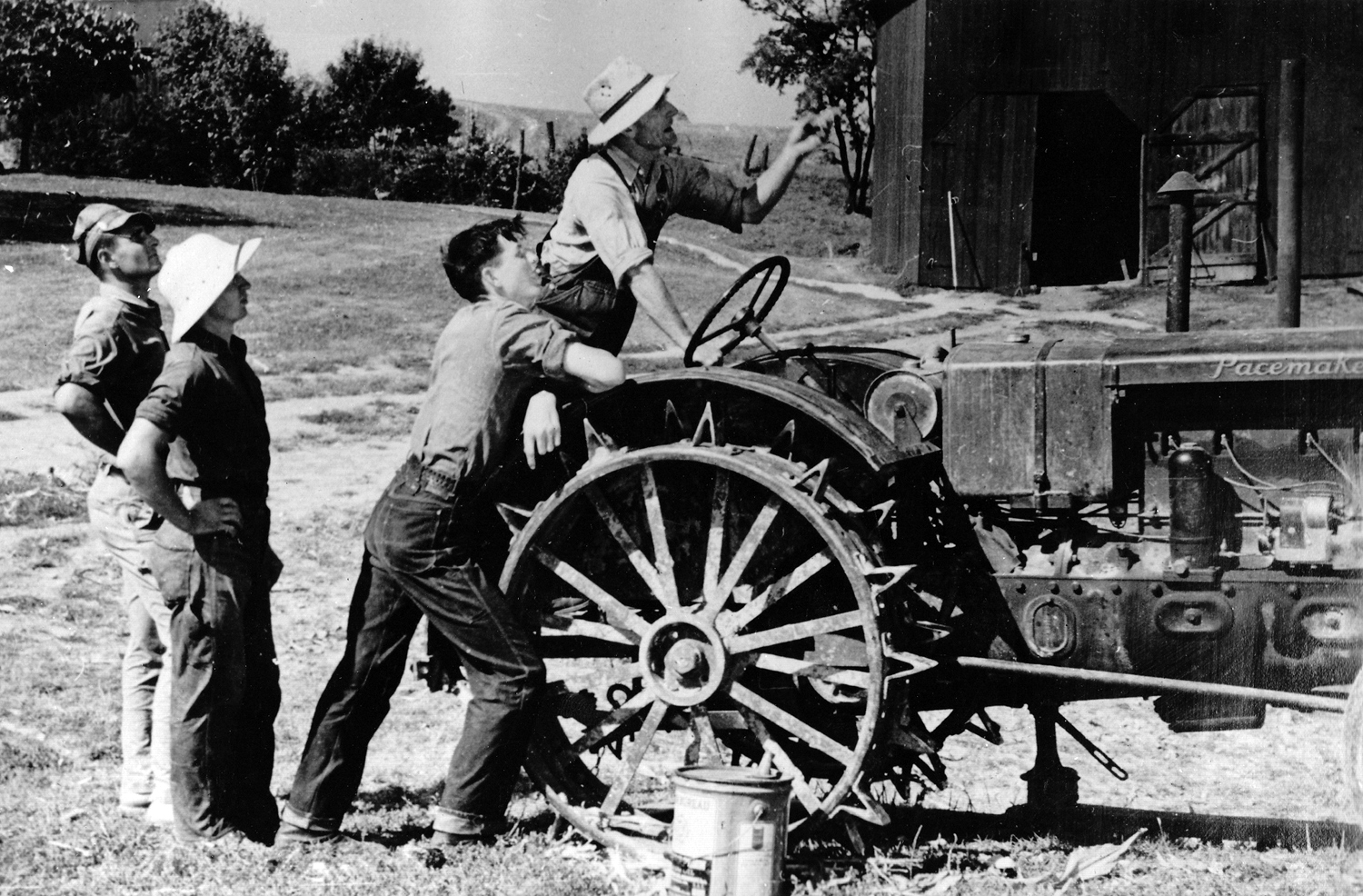
SYSTEMS
A program of landmark works from the 30s and 40s British and European documentary movements, screened alongside contemporary reflections from two of the leading lights of American Avant-Garde cinema. (TRT: 107 min.)
Capitalism: Child Labor
Directed by Ken Jacobs (U.S. 2006) 14 min.
Jacobs digitally animates a Victorian stereoscopic photograph of a 19th-century factory floor, crowded with machinery and child workers. Space folds in on itself and the agitated image flickers, but motion never progresses within this mechanized field of mass production
Night Mail
Directed by Harry Watt and Basil Wright (UK 1936) 25 min. 16mm.
An account of the operation of Britain’s Royal Mail train delivery service, with a score arranged by Benjamin Britten and Alberto Cavalcanti, and rhyming verse by W.H. Auden, Night Mail is one of the most critically acclaimed works of Britain’s Documentary Film Movement.
Power and the Land
Directed by Joris Ivens (Netherlands 1940) 38 min. 16mm.
Ivens’ portrait of an Ohio farming family was commissioned by the U.S. Department of Agriculture to document the government’s efforts convincing American farmers to use electricity.
Blood of the Beasts
Directed by George Franju ( France 1949) 20 min.
Franju’s unforgettable portrait of a Parisian slaughterhouse is at once horrific and poetic, its graceful voice-over – written by science and nature filmmaker Jean Painlevé – placing the abbatoir’s activities within the context of the urban workday.
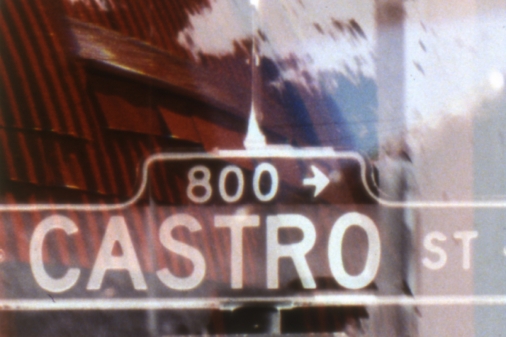
Castro Street
Directed by Bruce Baillie (U.S. 1966) 10 min. 16mm.
“Baillie’s painterly film was photographed in an industrial byway in Richmond, California; its meticulously layered construction offers a “meditative contemplation of the rhythmic interplay of human and natural forces, the radiant beauty found in the humblest of places” (Michael Sicinski).
TOP OF PAGE
Friday, March 20 at 2pm
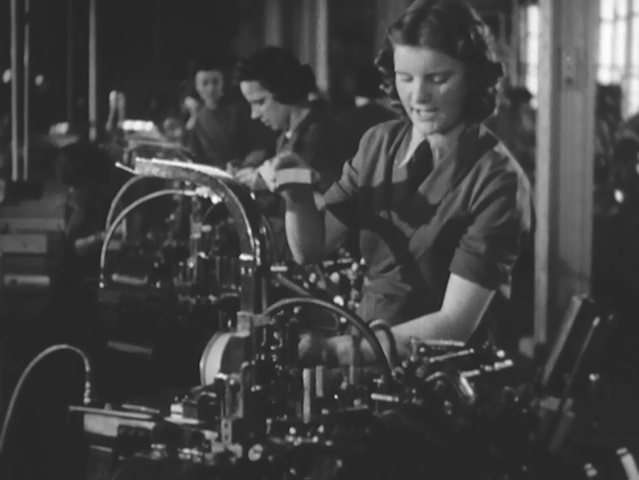
WARS
Five responses to human conflict and violence, to WWII and the Vietnam War. (TRT: 126 min.)
Listen to Britain
Directed by Humphrey Jennings and Stewart McAllister (UK 1942) 19 min. 16MM.
Jennings and McAllister’s government-produced propaganda film is a masterfully edited documentation of everyday life in wartime Britain, its celebrated soundtrack creating an emotionally nuanced picture of a country in turmoil, yet defiant.
Let There Be Light – Digital Restoration!
Directed by John Huston (U.S. 1946) 58 min. DCP.
Huston’s landmark study of psychologically scarred veterans, the last in a trilogy of films he produced for the U.S. Army, may be the first movie to confront the issue of Post Traumatic Stress Disorder in returning troops. Restoration courtesy of the National Archives and Records Administration.
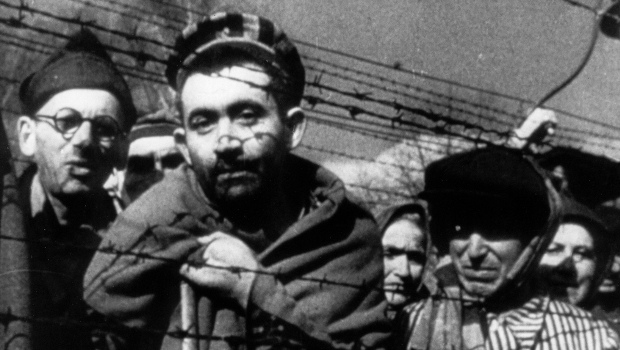
Night and Fog
Directed by Alain Resnais (France 1955) 32 min. 35mm.
Commissioned to mark the 10th anniversary of the Allied liberation of Auschwitz, Resnais’ touchstone essay film is the first to directly “confront and define the moral and aesthetic parameters involved in treating such an intractable subject” (Sight and Sound) as the Holocaust. The script was written by poet Jean Cayrol, a survivor of the concentration camps.
Viet-Flakes
Directed by Carolee Schneemann (U.S. 1966) 11 min. 16mm.
Composed from an obsessive collection of Vietnam atrocity images the artist collected from foreign magazines and newspapers over a five-year period, Viet-Flakes was central to a Kinetic Theater work that concretized the denied ravages of the war and was presented in conjunction with Angry Arts Week in NYC, 1966.
Piece Mandala/End War
Directed by Paul Sharits (U.S. 1966) 5 min. 16mm.
Flickering fields of color and black and white photographs of a couple making love view the act simultaneously from both sides of its space and both ends of its time.
TOP OF PAGE
Friday, March 27 at 2pm
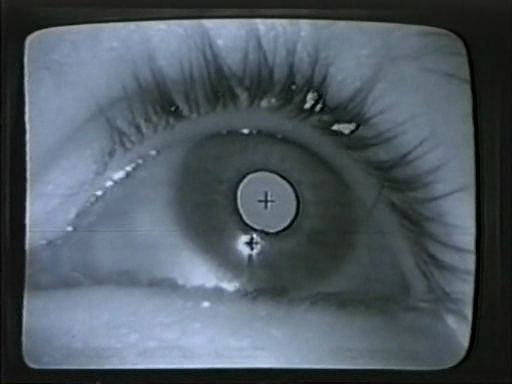
THE CREATORS OF SHOPPING WORLDS
Directed by Haroun Farocki (Germany/U.S. 2001) 72 min. German with English subtitles.
Farocki’s collage of interviews with the planners, architects, consultants and visual researchers who work behind the scenes to create tightly controlled retail experiences illuminates the psychology and choreography of control and seduction latent in the architecture of consumption (Barbican UK).
FOLLOWED BY
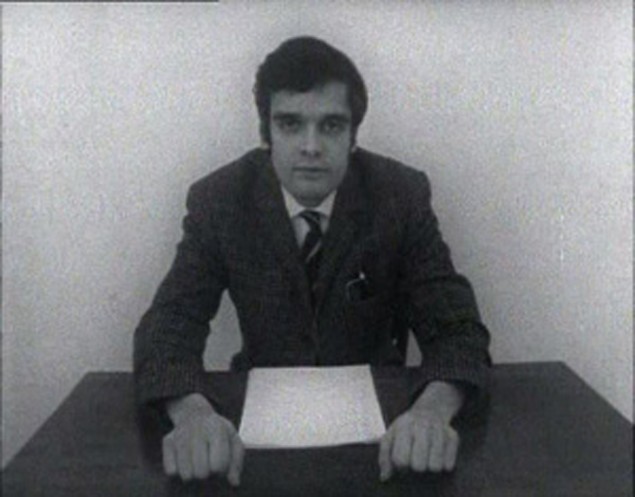
Inextinguishable Fire
Directed by Haroun Farocki (Germany 1969) 22 min. German with English subtitles.
An agitprop film that names names, educating its viewer about the manufacturer of napalm (Dow Chemical) while developing an alarming thesis that indicts us all: “(1) A major corporation is like a construction set. It can be used to put together the whole world. (2) Because of the growing division of labor, many people no longer recognize the role they play in producing mass destruction. (3) That which is manufactured in the end is the product of the workers, students, and engineers.”
TOP OF PAGE
Friday, April 3 at 2pm
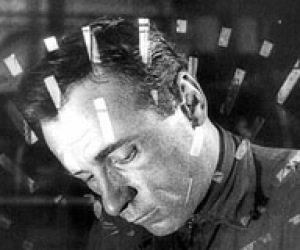
A SIXTH PART OF THE WORLD
Directed by Dziga Vertov (U.S.S.R. 1926) 60 min. Silent with Russian inter-titles.
When the Soviet Union’s State Trading Organization commissioned Vertov to make a promotional film about its operations, he dispatched expeditions of cameramen to points as distant as the Russian Far East and Western Europe. Vertov crafted from his material a Walt Whitmanesque ode to the diversity of his country, a development of his theory of Kino-Pravda (film truth) and a poetic visualization of the revolutionary filmmaker’s quest for a cinema that was at once a “Communist decoding of world relations,” and the means of establishing “a visual bond between the workers of the whole world”. Playing with The Land (Robert Flaherty, U.S. 1942, 16mm, 43 min.) and At Land (Maya Deren, U.S. 1944, 16mm, 14 min.)
TOP OF PAGE
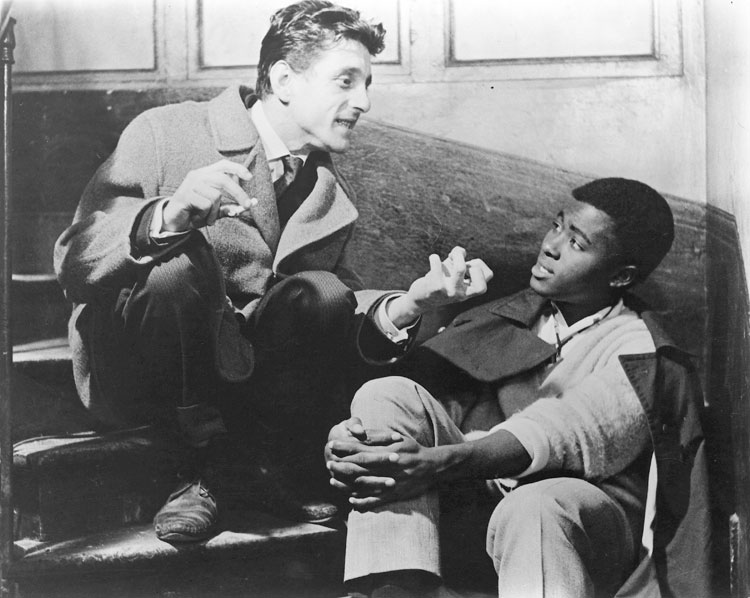 Friday, April 10 at 2pm
Friday, April 10 at 2pm
CHRONICLE OF A SUMMER
Directed by Jean Rouch and Edgar Morin (France 1961) 90 min.
Few films can claim as much influence on the course of cinema history as Chronicle of a Summer, the fascinating result of a collaboration between filmmaker-anthropologist Jean Rouch and sociologist Edgar Morin. Simply by interviewing a group of Parisians – beginning with the provocative and eternal question “Are you happy?” and expanding to political issues, including the ongoing Algerian War – this vanguard work and sociopolitical diagnosis of early sixties France reveals the hopes and dreams of a wide array of people, from artists to factory workers, from an Italian émigré to an African student. Playing with The Italian Notebook (Jonas Mekas, U.S. 1967, 16mm, 15 min.)
TOP OF PAGE
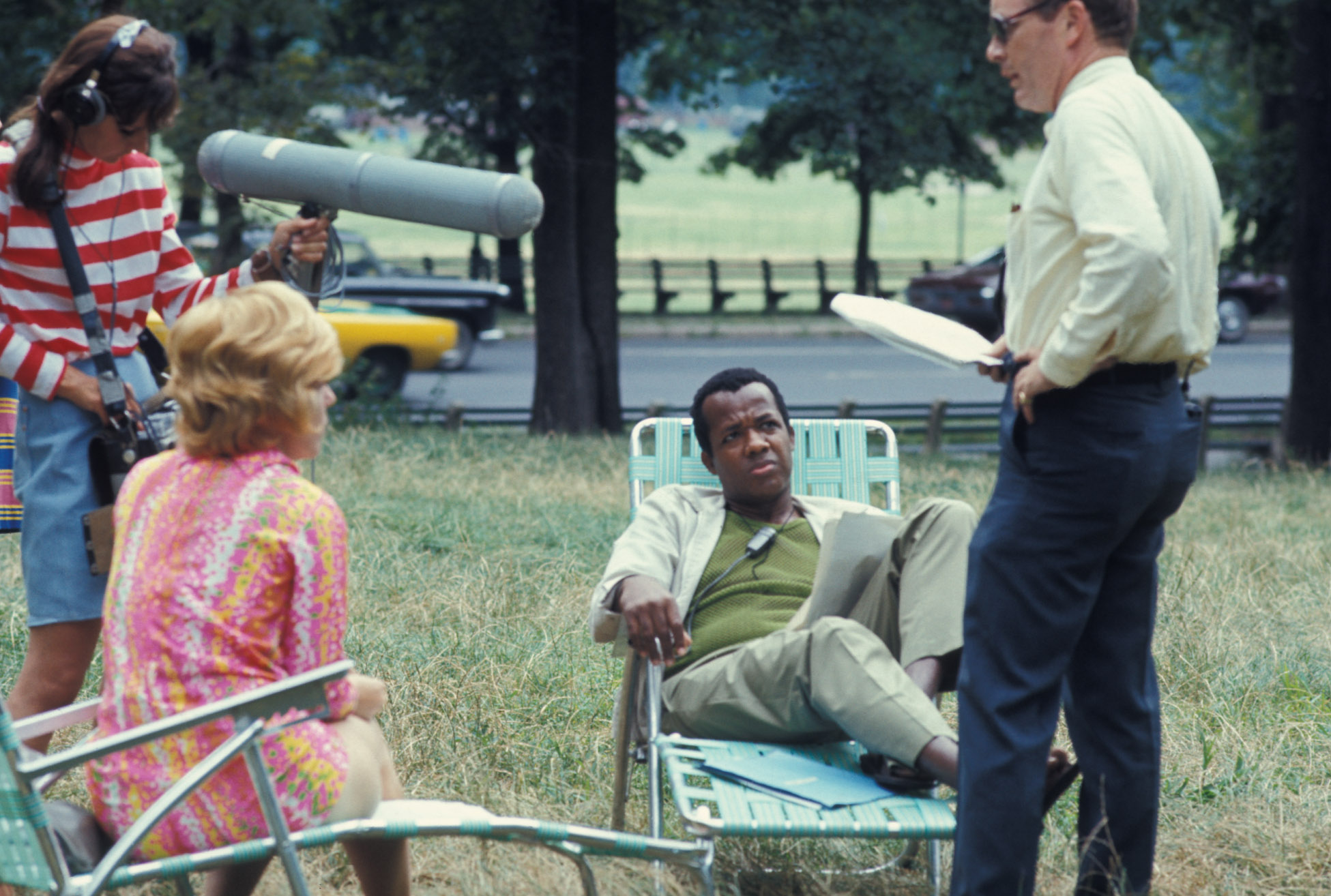 Friday, April 17 at 2pm
Friday, April 17 at 2pm
SYMBIOPSYCHOTAXIPLASM: TAKE ONE
Directed by William Greaves (U.S. 1968) 75 min. With William Greaves, Patricia Ree Gilbert, Don Fellows, Jonathan Gordon.
In his one-of-a-kind fiction/documentary hybrid, director William Greaves presides over a beleaguered film crew in New York’s Central Park, leaving them to try to figure out what kind of movie they’re making. The project defies easy description. A couple enacts a break-up scenario over and over, while four cameras film simultaneously: one camera focus solely on the actors; another films the crew shooting the scene; a third includes the actors, the crew, onlookers and anything interesting that’s happening in the park; a fourth is sometimes wielded by Greaves himself. It’s a wildly innovative sixties counterculture landmark that remains one of the most insightful movies made about making movies. Playing with Soft Fiction (Chick Strand, U.S. 1979 16mm, 54 min.), a provocative and sensuous exploration of female sexuality.
TOP OF PAGE
Friday, April 24 at 2pm
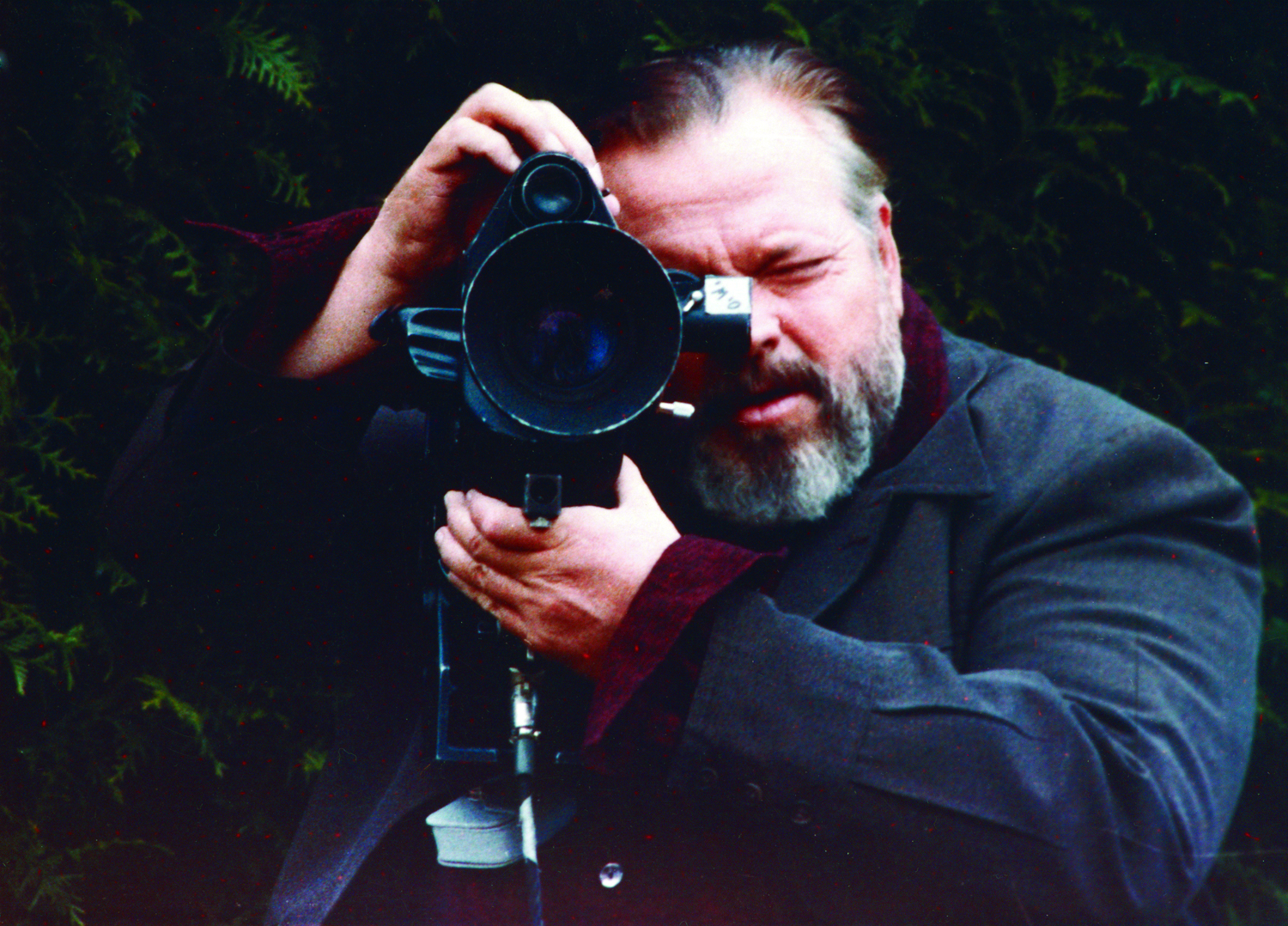
F FOR FAKE
Directed by Orson Welles (U.S. 1975) 88 min. 35MM. With Orson Welles, Oja Kodar.
Welles’ free-form, sort-of documentary is the legendary filmmaker – and self-described charlatan’s inspired prank, a gleeful engagement with the central preoccupation of his career: the tenuous lines between illusion and truth, art and lies. Beginning with portraits of the world-renowned art forger Elmyr de Hory and his equally devious biographer, Clifford Irving, Welles embarks on a dizzying journey that simultaneously exposes and revels in fakery and fakers of all stripes—not the least of whom is Welles himself.
Playing with Chartres Series (Stan Brakhage, U.S. 1994, 16mm, 9 min.)